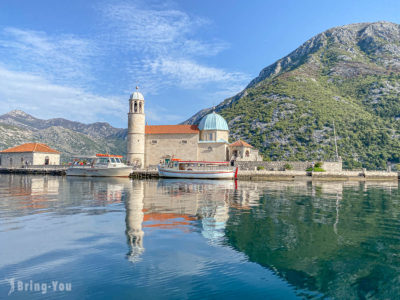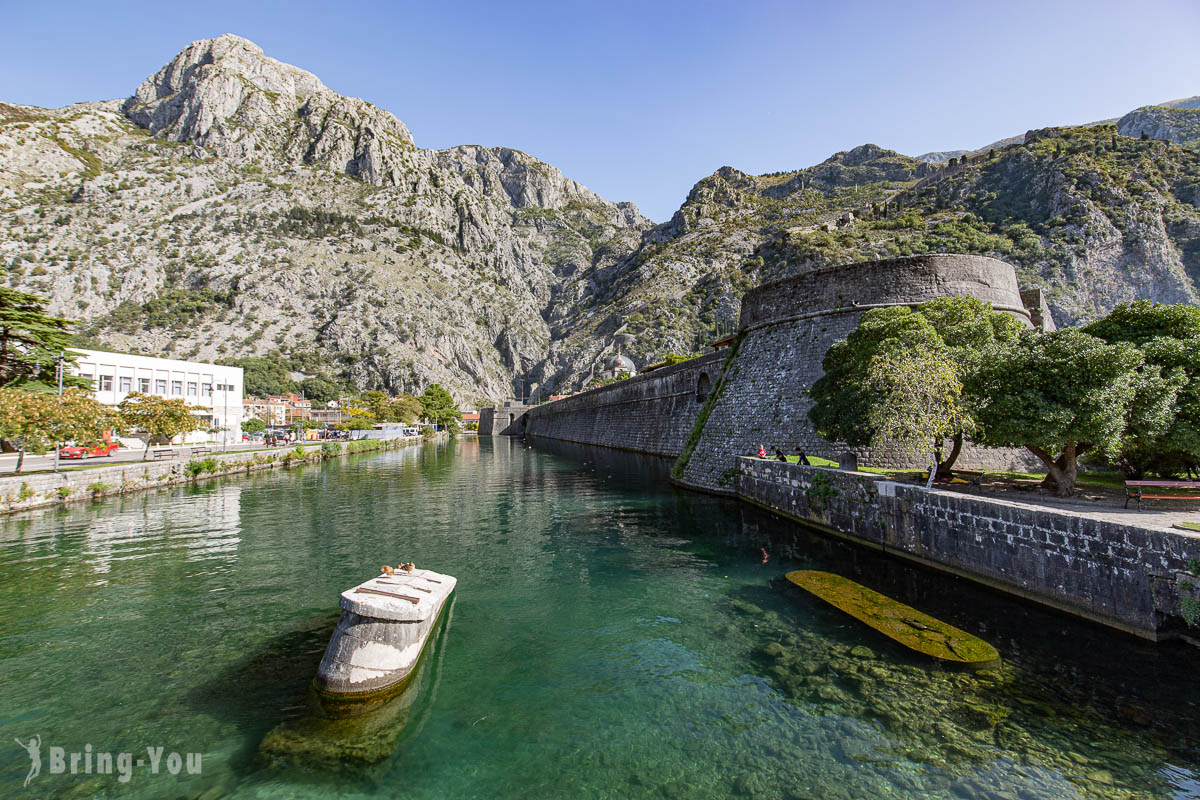
Montenegro is one of the most stunning coastal countries in the Balkan Peninsula.
Sounds exaggerated? Not quite!
In this article, I’ll show you why!
Three hours east of Dubrovnik by car, Montenegro is a tiny coastal country blanketed by rugged mountains and medieval villages.
The name Montenegro means Black Mountain, which was given only to the coast strip when it was once ruled by the Republic of Venice from 1420 to 1797.
On any given sunny day, the beach towns of Perast and Kotor are jam-packed with outdoor enthusiasts seeking to celebrate great adventures.
Wondering what is there to do in Montenegro? Sign up for a cruise.
Those planning to overnight in Croatia find it handy to join one of the day tours directly to Montenegro. Admire the heritage old town at a distance, traverse the Adriatic Sea, or wind down at some of Europe’s most unique beaches – those are only a few to be named.
Without further ado, let’s dive right in!
How To Get To Montenegro?
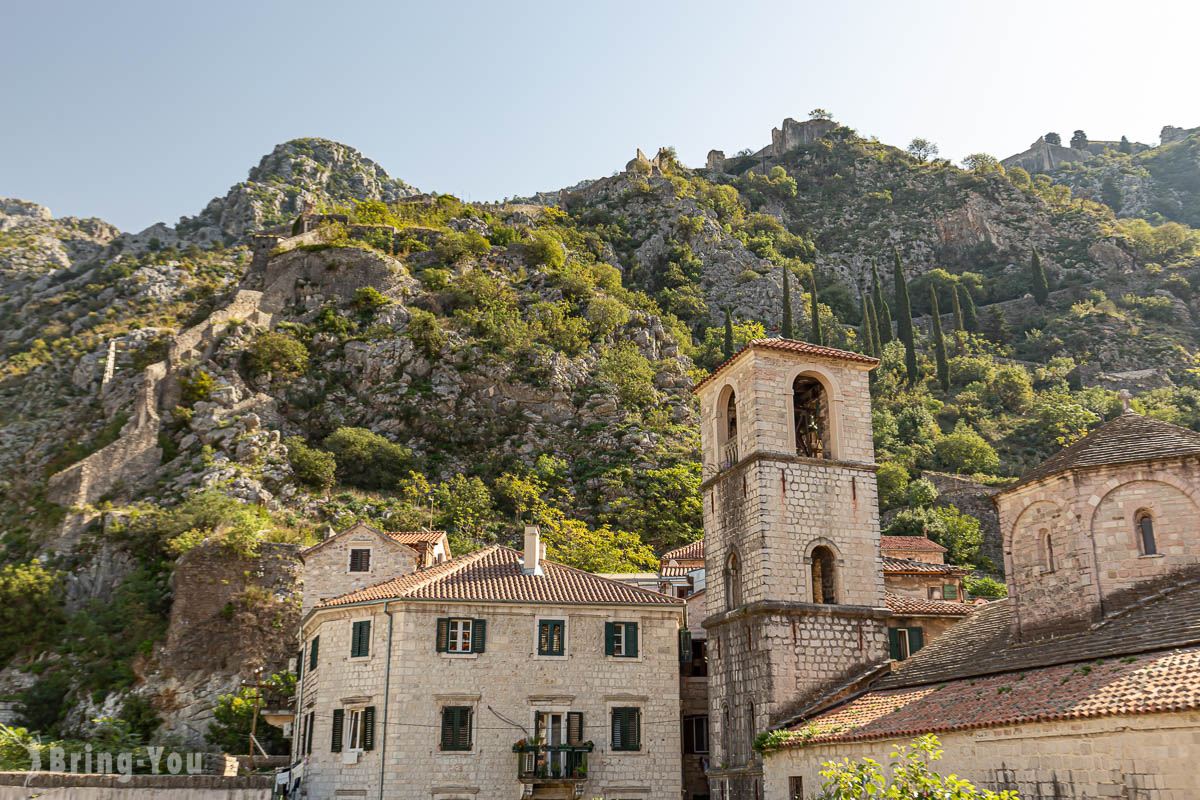
Unlike other countries in Europe, public transport is not reliable in many of these Balkan countries – and Montenegro is not an exception.
The best way to reach Montenegro is either renting a car or signing up for a day tour.
If you’re planning to depart from Dubrovnik, note that the traffic at the first 70-kilometer leg of the drive may wear you down. The customs clearance along the Croatia-Montenegro border may be scrambled with crowds so expect a queue while you’re at it.
However, the rest of the journey soon turns out pleasant as soon as you enter Montenegro.
There are plenty of Montenegro day trips that leave from Dubrovnik, covering both Perast and Kotor with a cruise included.
Here are a few options for you to consider:
Which Network Should You Use In Montenegro?
Montenegro is neither part of the EU nor Eurozone, meaning your previously purchased EU roaming may not be working in Montenegro.
In this case, you don’t need to purchase a separate SIM card for Montenegro unless you travel solo in your own car. Telekom and Telenor are two network providers in Montenegro. You can find their products online, at a designated store, or at the airport.
Public wifi should do the trick. The tour guide is prompt to let you know where to find a public network in town.
Can You Get By With English In Montenegro?
Montegoro is the official language in Montenegro. However, English is widely spoken in most tourist attractions except for off-the-radar spots or local stores. Google Translate always works when in need.
Perast
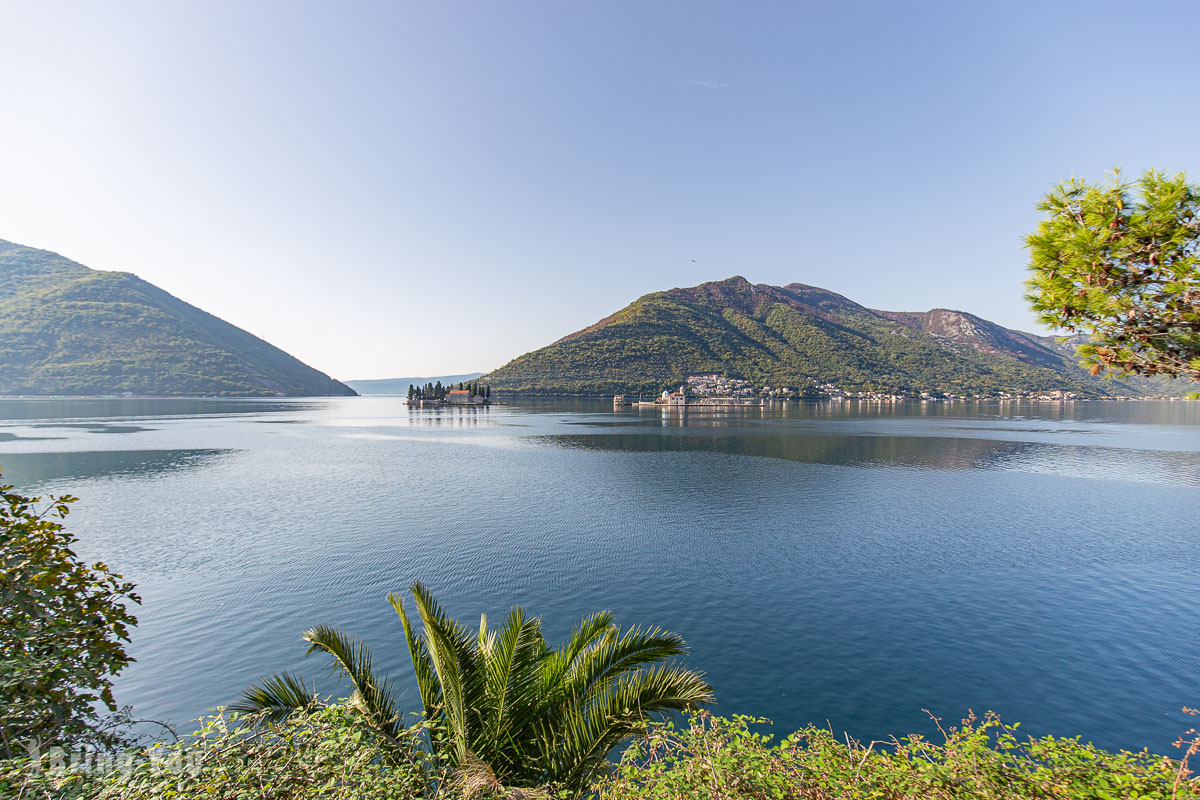
Compared to Kotor, Perast is more on the lesser-known side. Both are the old towns in the Bay of Kotor, 16 minutes by car apart from each other.
Size-wise, Perast is a tad smaller than Kotor, sandwiched between the big boulevard and the sea.
You don’t need more than half an hour to walk from one part of Perast to the other, as the entire town boasts a compact footprint of only 1.5 kilometers.
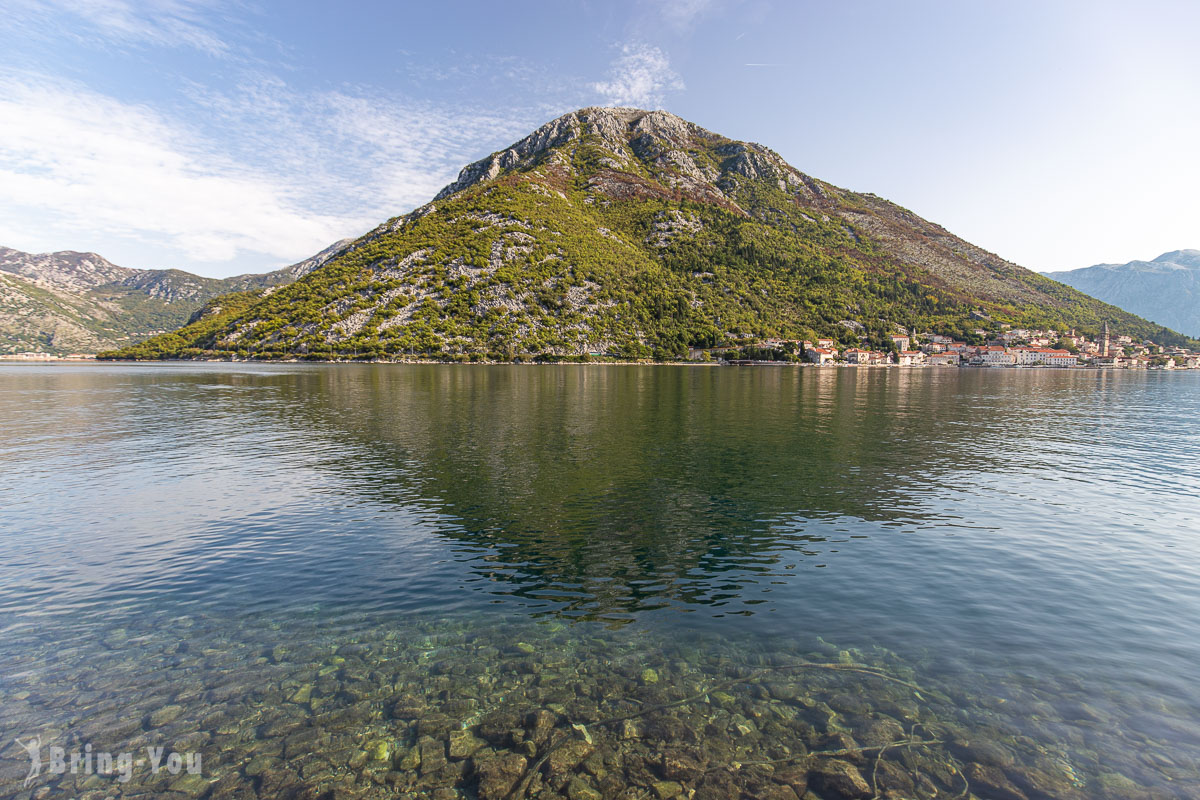
After boarding the cruise, engage in a leisure stroll to soak up the view from here. As you journey, you’ll encounter palaces, churches, charming shops, guest houses, and a prominent luxurious hotel that dominates the town’s plaza.
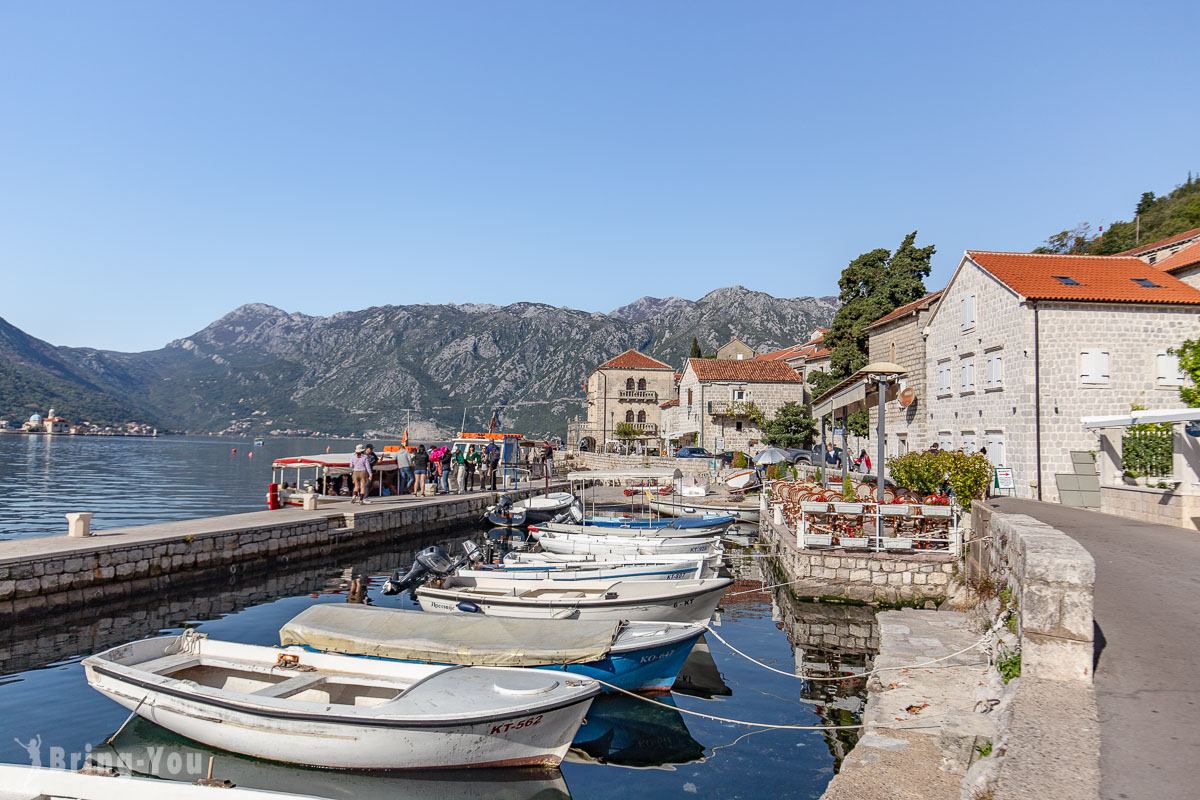
In the Bay of Kotor lie two tiny islands with proximity to Perast: Gospa od Škrpjela (Our Lady of the Rocks) and Sveti Đorđe (St. George).
Between the two, you can only visit Our Lady of the Rocks as St. George is completely inaccessible to visitors.
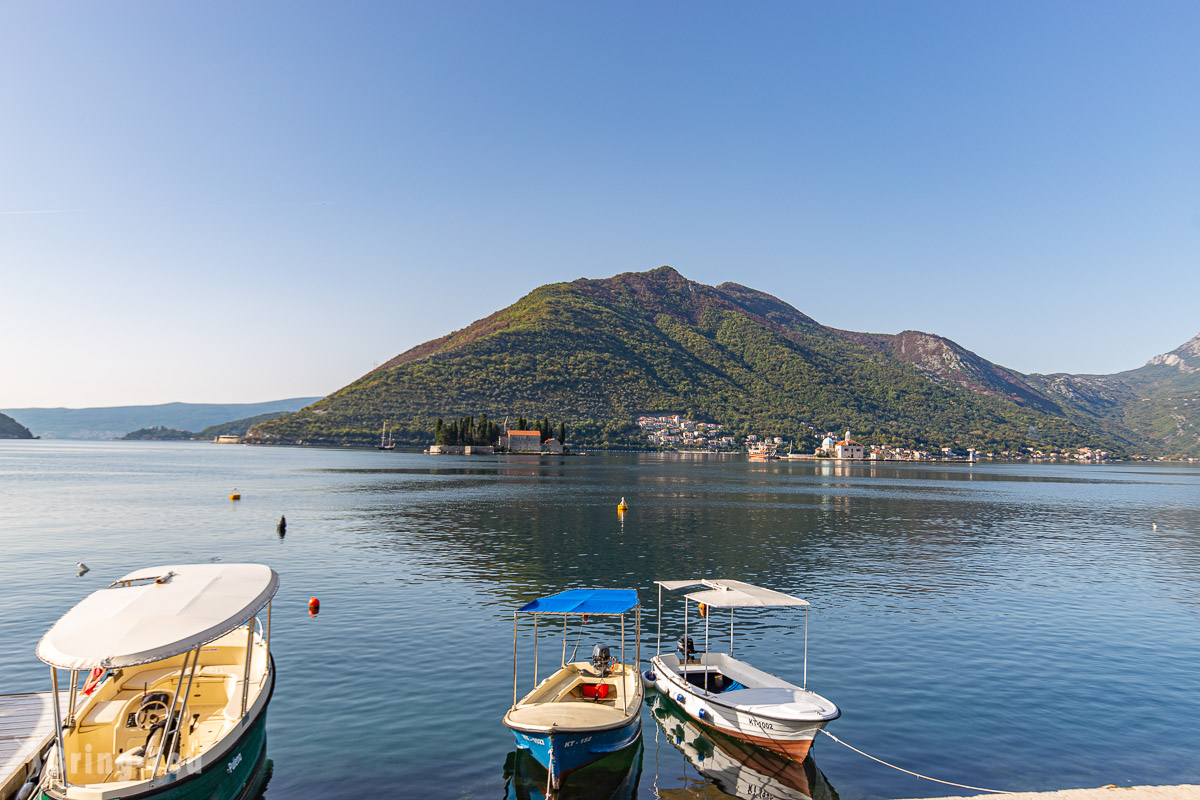
Our Lady of the Rocks holds the distinction of being the sole artificial island in the Adriatic Sea. Legend has it that local fishermen discovered an image of the Madonna and a child here, leading them to continually deposit rocks until the island emerged.
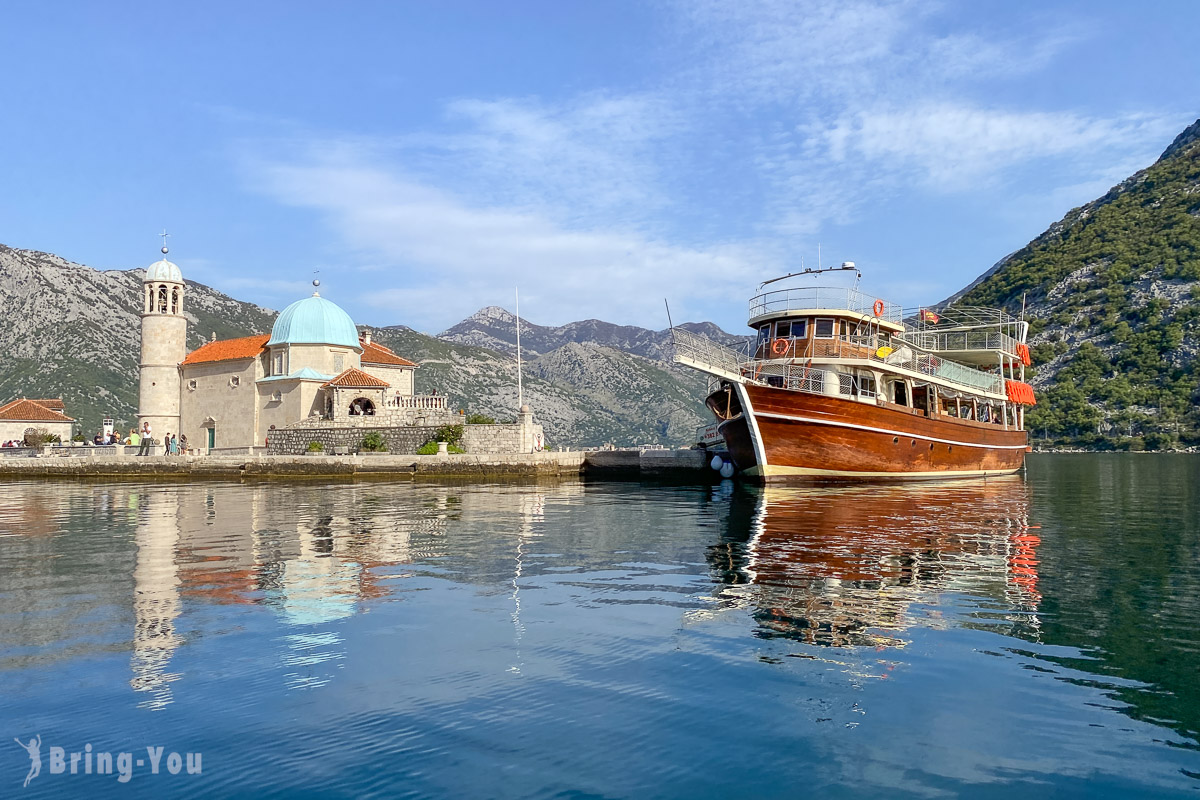
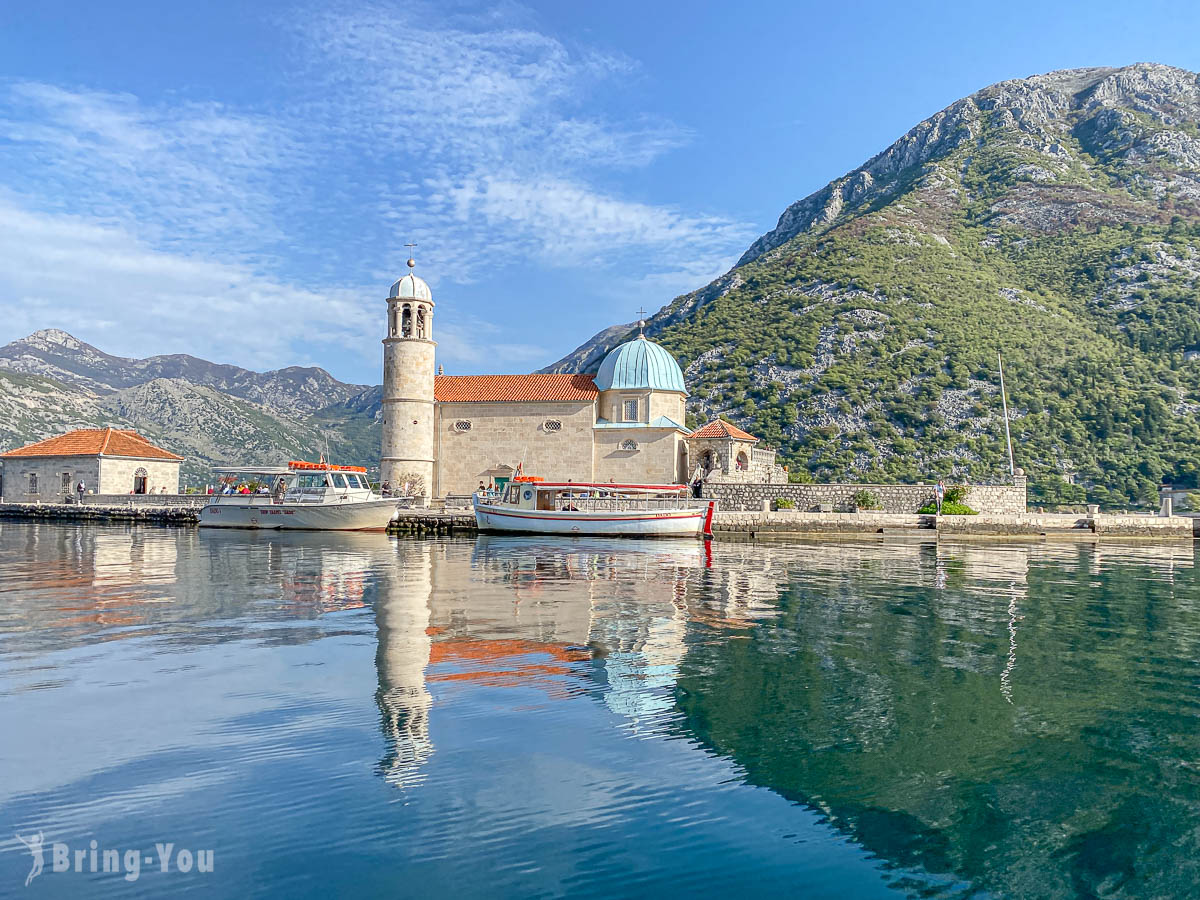
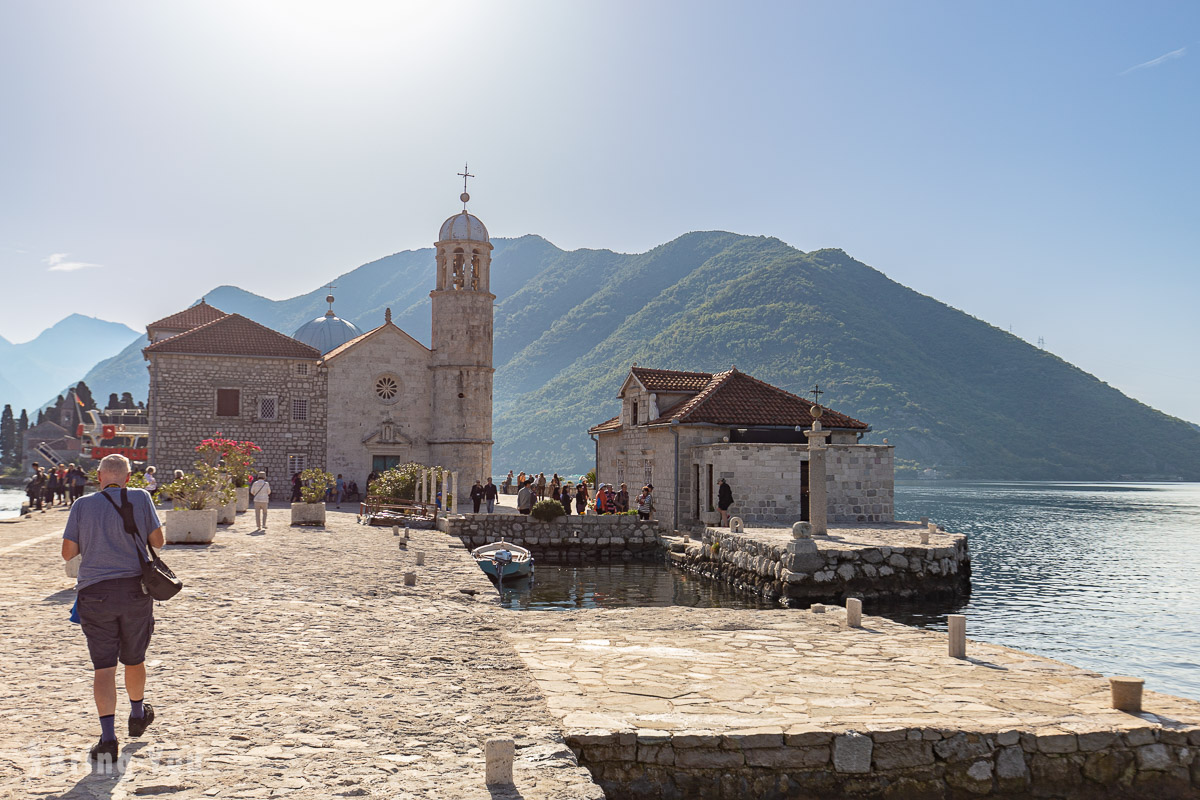
Kotor
Next up, Kotor is the most visited area in the country. Most cruises offer a visit here even though the time-strapped journey on a tour may encourage you to plan wiser.
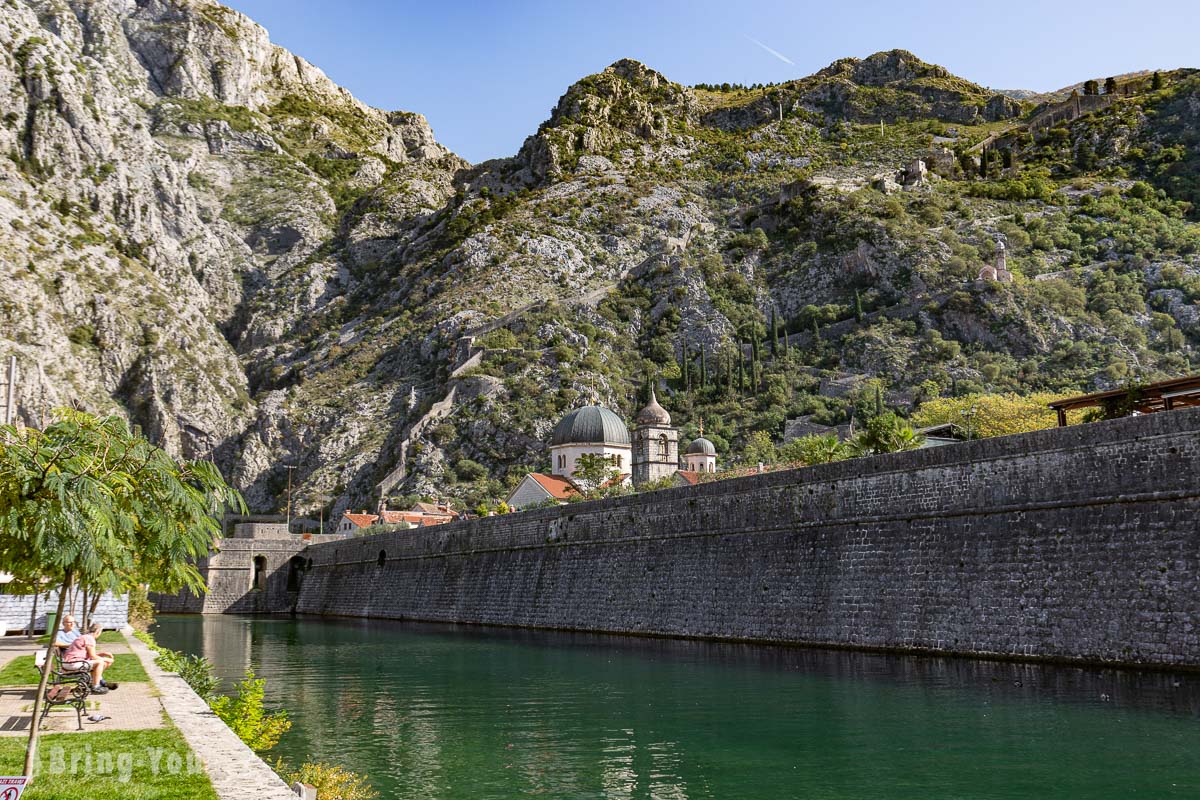
Kotor Old Quarter
Most of the main happenings on Kotor radiate out from the Old Quarter. Here you can walk the broken cobblestoned streets and climb up the old fortresses. The Old Quarter is indeed a tiny area encased by the “new area” which stretches along the coastline.
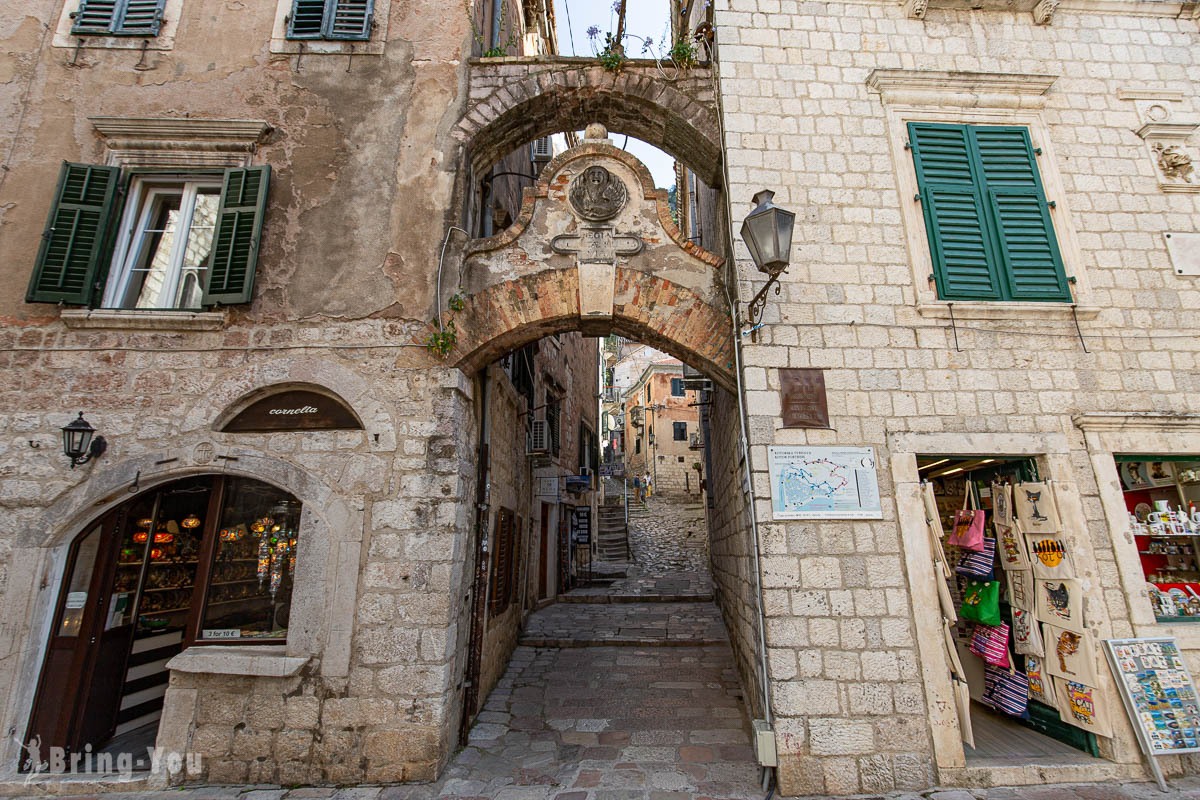
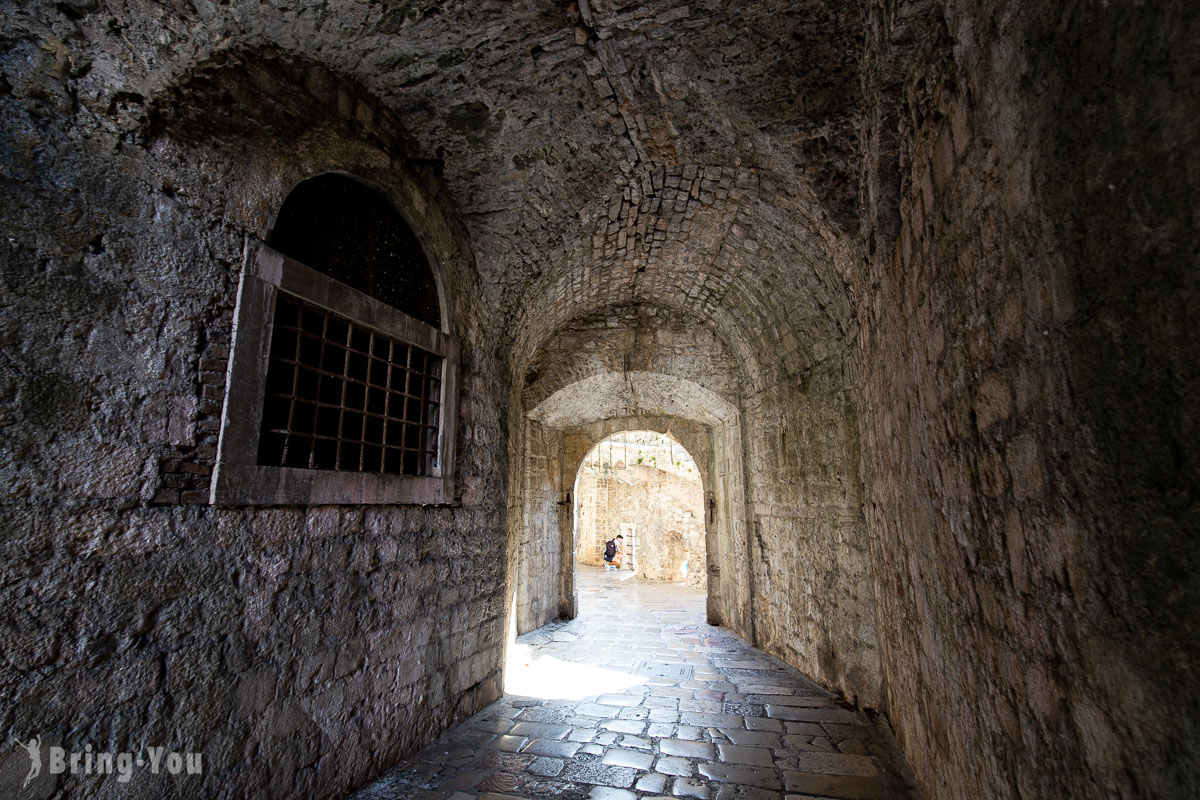
The two areas are split by a lengthy chain of ancient walls. Along the way, Square of the Arms and multiple old churches pop up. The 12th-century St. Luke’s Church is one of the most visited heritage sites.
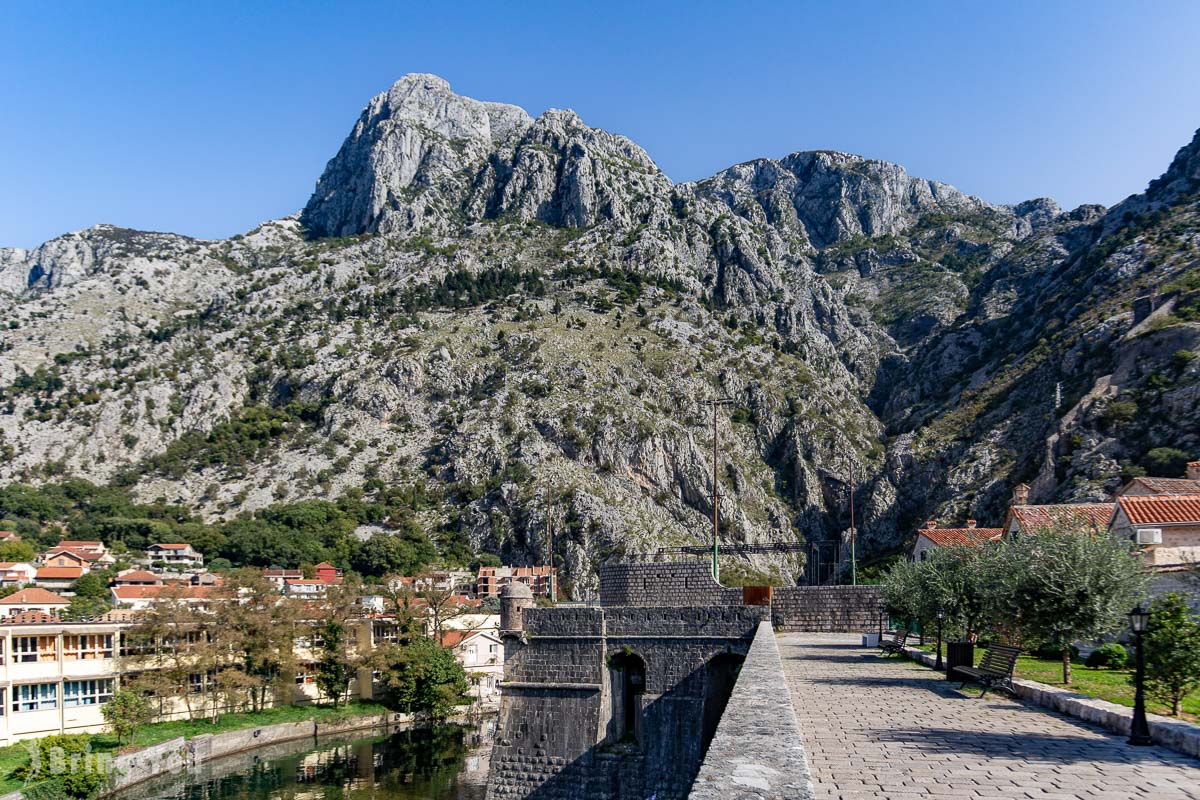
Kotor fortress is perched 280 meters above the town and accessible after approximately 1350 steps. The ascent may seem challenging but the stunning view and the fortress itself make it worthwhile.
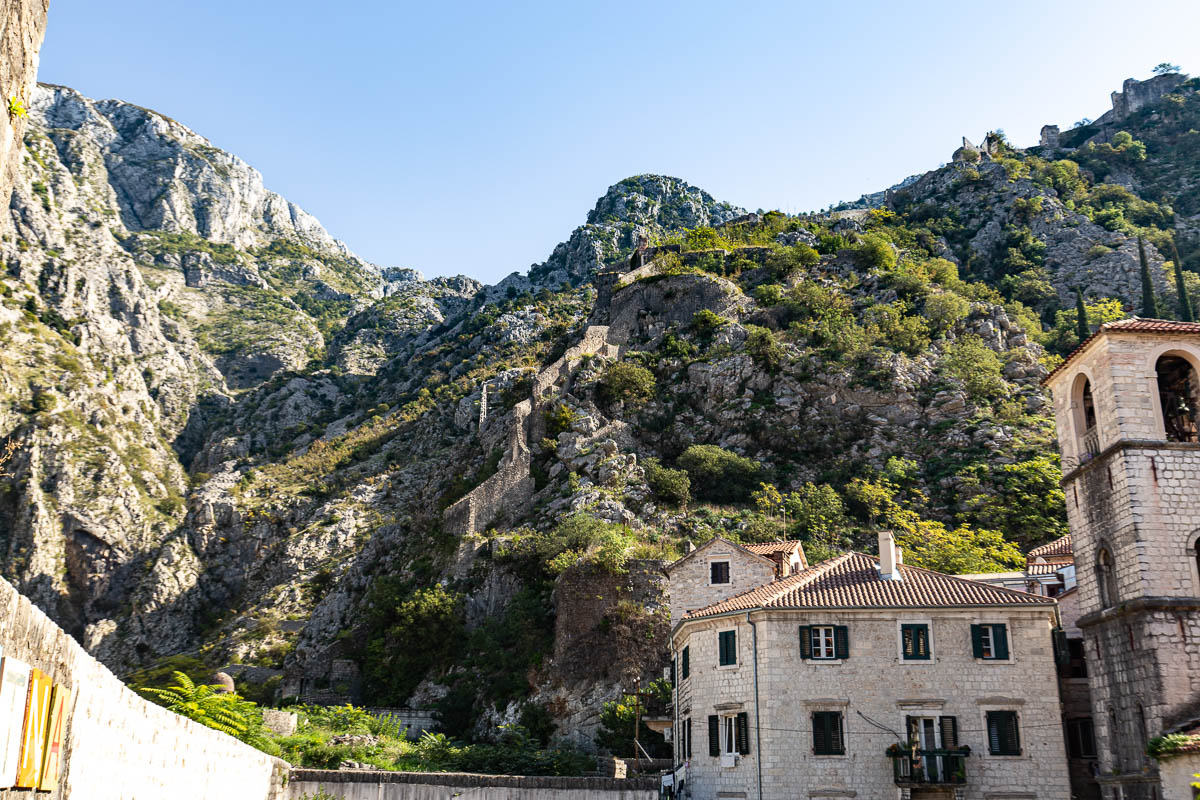
Like the city’s structures, these fortifications underwent expansion and modifications under various empires. However, the Venetians receive credit for their current appearance, forming part of the Venetian Works of Defence between the 16th and 17th Centuries.
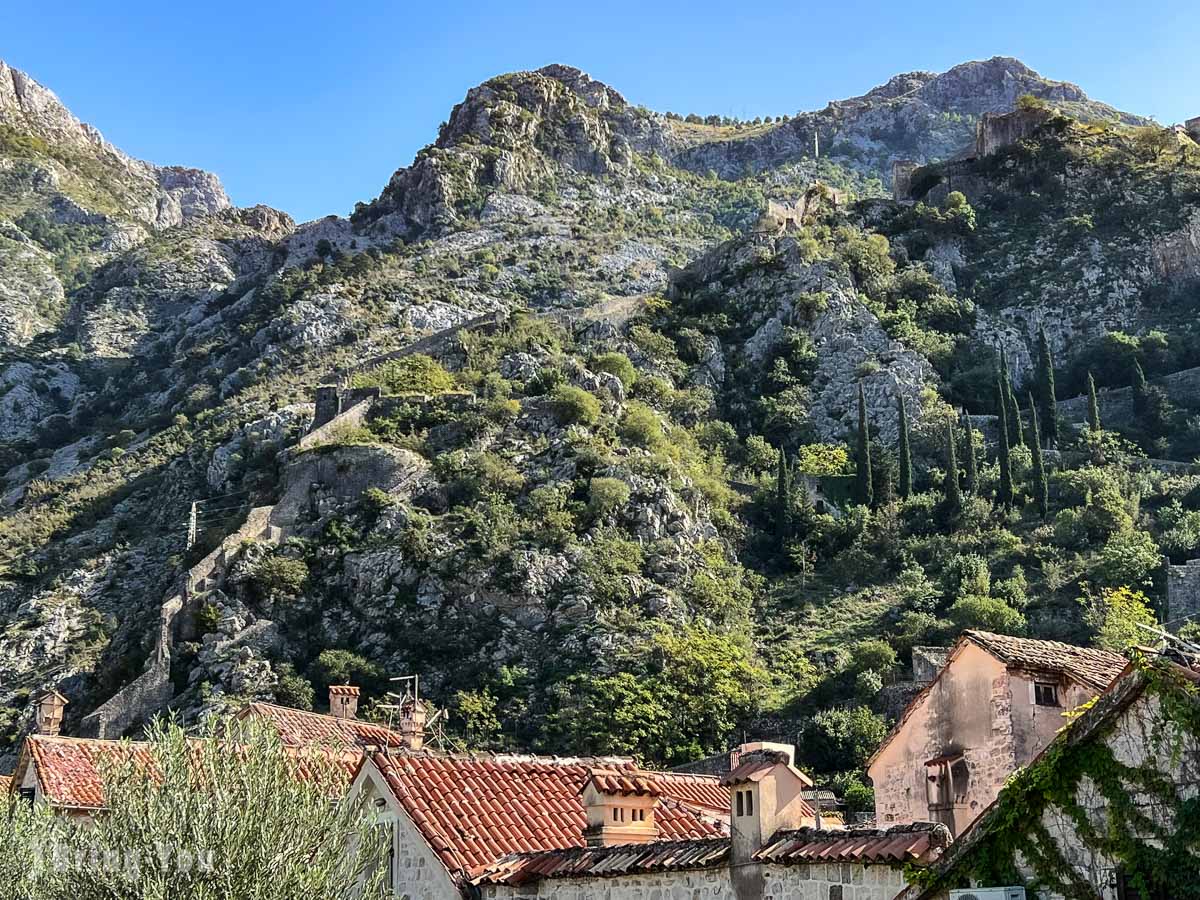
At the summit, you’ll discover the Kotor Fortress, also recognized as St. John’s Fortress or the Castle of San Giovanni.
Cathedral of St. Tryphon
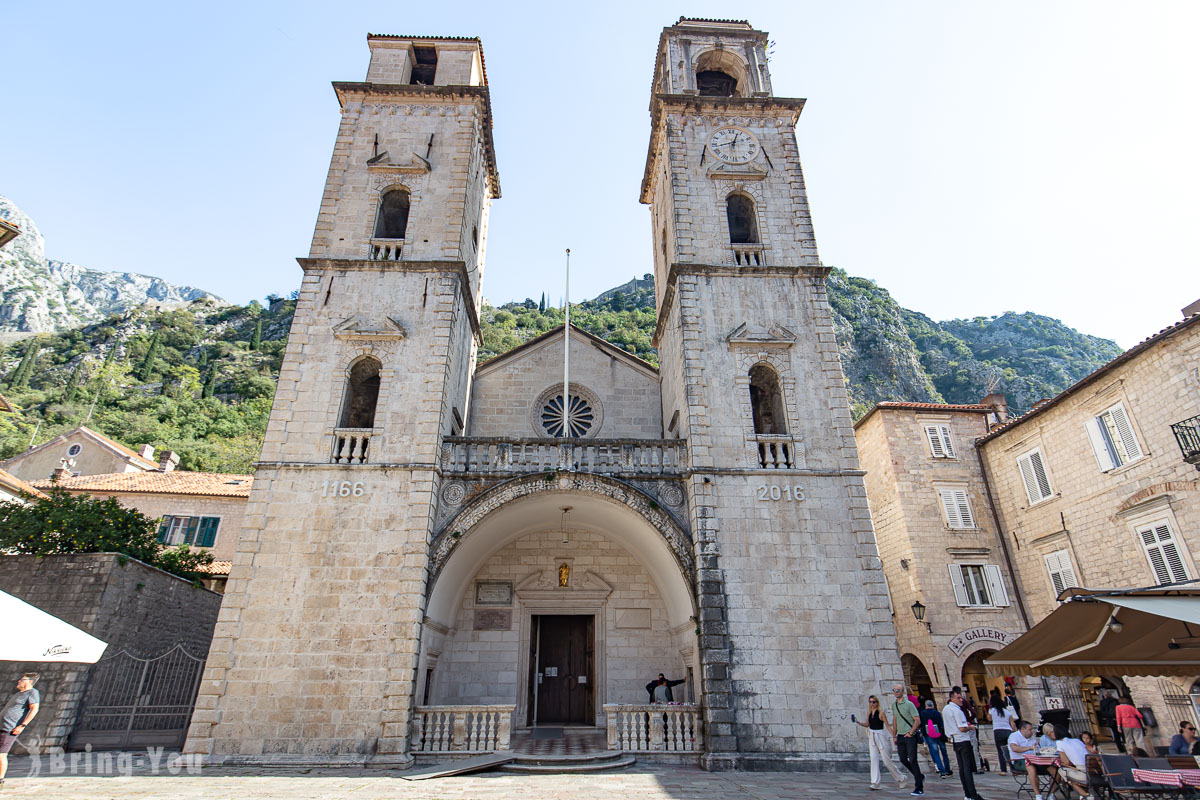
This is the biggest church in the old town of Kotor. It goes by the official name Cathedral of St. Tryphon. Facing the ocean and leaning its back against the lush forest, St. Tryphon’s Cathedral has been going strong since it was first erected in 1166.
Though damaged a few times by earthquakes, the skeleton remains tall and proud. Every time the church was reconstructed, it put on a new appearance.
You may find it tempting to linger on the outside and marvel at the amazing exterior. However, walk inside and you’ll soon be awestruck by the wonderful interior architecture, relics, and even a holy painting of the Virgin Mary that heals people. Walk upstairs to visit a small museum.
Budva Riviera
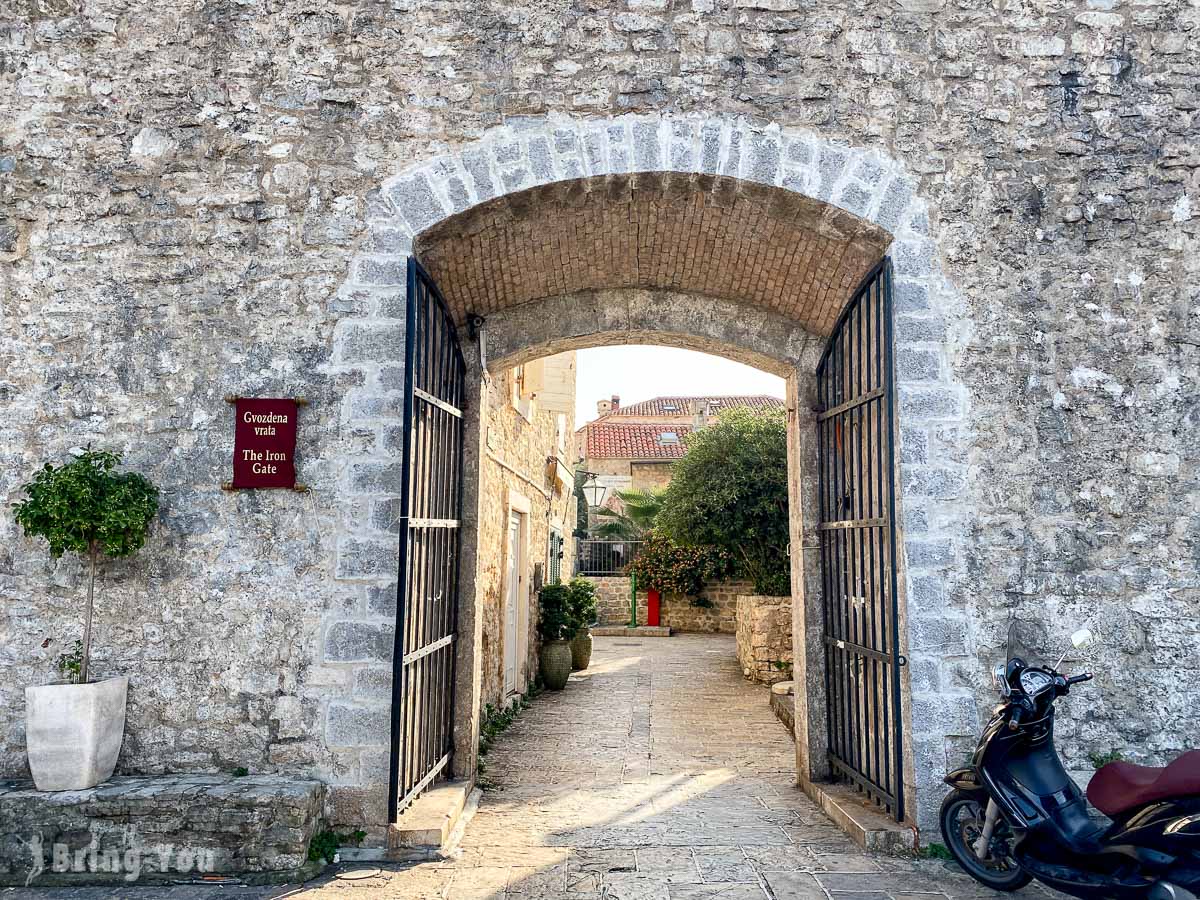
Located west of Montenegro, the Budva Riviera stretches for 35 kilometers along the Adriatic coast near the city of Budva. Renowned for its affordability, Budva Riviera serves as a favored seaside resort for many noble European figures. The area also attracts Russian buyers seeking property and winter retreats, giving it a distinct seaside resort vibe.
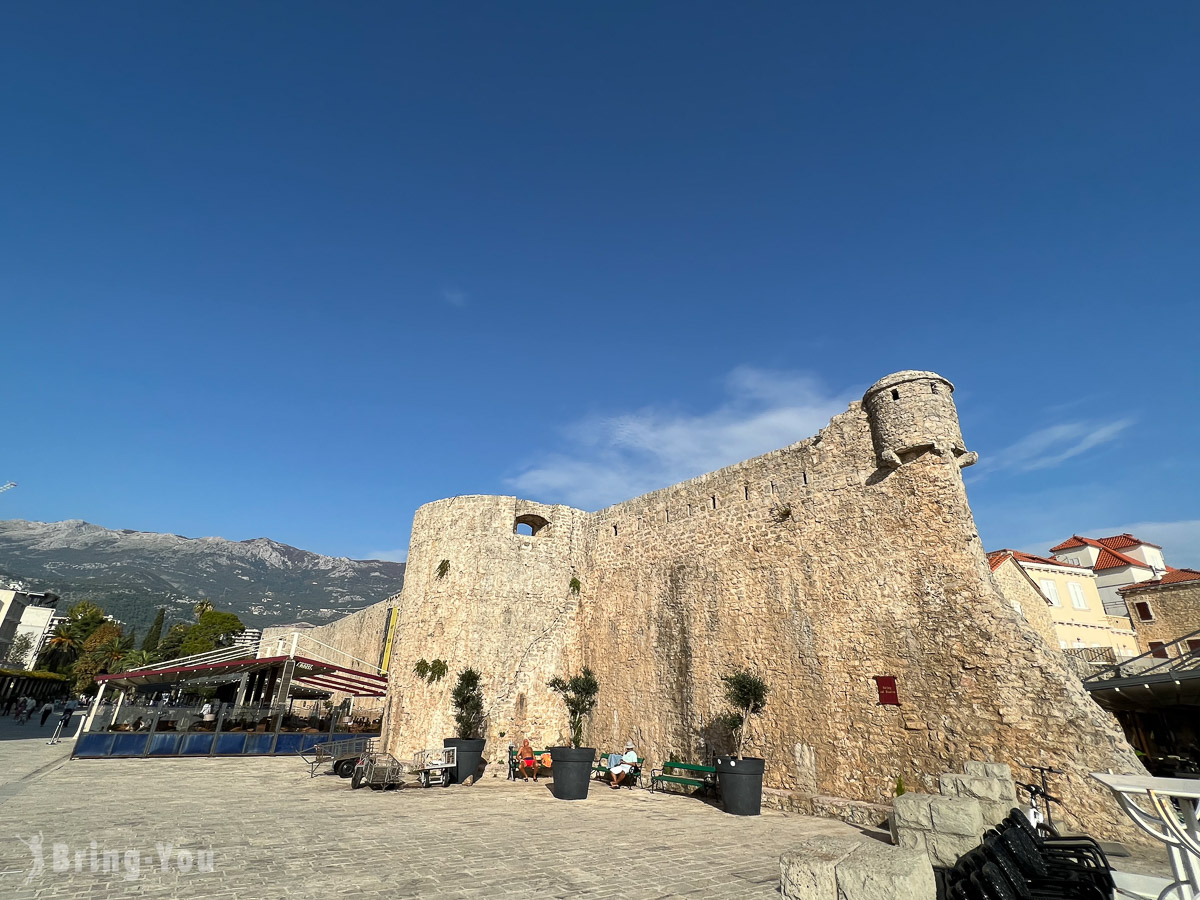
The natural mystical beauty in Montenegro is an absolute charm. Though small, it has so much to offer, from the stunning beaches to kick back to the ancient churches for a glimpse into history. You’ll never feel more safe and sound when in Montenegro.
If you’re looking for the best place to visit with proximity to Montenegro, check out my Zagreb travel guide to be inspired.
Read More: Visiting Zagreb In 24 Hours: A Complete Travel Guide
